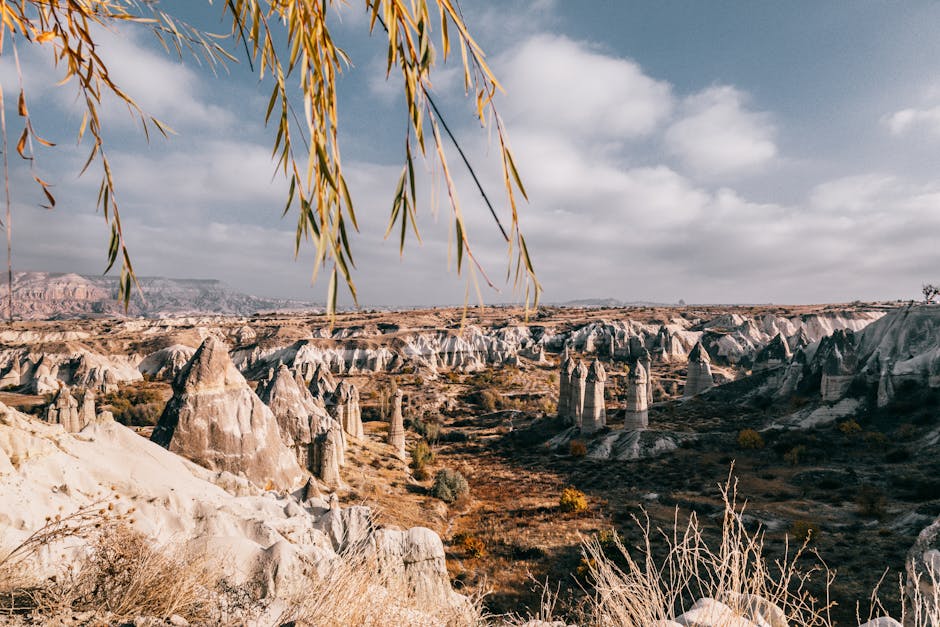A Guide to Exploring Yellowstone National Park's Natural Wonders

Yellowstone National Park, established in 1872, is the first national park in the world. Spanning over 2.2 million acres, it is renowned for its diverse ecosystems, geothermal features, and abundant wildlife. Visitors are drawn to its unique landscapes, including geysers, hot springs, and waterfalls.
Geothermal Features
Yellowstone's geothermal features are among the most famous in the world. The park sits atop a volcanic hotspot, resulting in more than 10,000 hydrothermal features. The most notable of these is Old Faithful, a geyser that erupts approximately every 90 minutes. Other significant geothermal sites include the Grand Prismatic Spring, the largest hot spring in the United States, and Mammoth Hot Springs, known for its terraced formations.
- Old Faithful: Predictable eruptions every 90 minutes.
- Grand Prismatic Spring: Vibrant colors and large size.
- Mammoth Hot Springs: Unique limestone terraces.
These features offer a glimpse into the earth's geothermal activity and are accessible via boardwalks and trails.
Wildlife Viewing
Yellowstone is a haven for wildlife enthusiasts. The park is home to a wide variety of animals, including bison, elk, grizzly bears, wolves, and eagles. Lamar Valley and Hayden Valley are prime locations for spotting these creatures. The park's diverse habitats support an intricate web of life.
To maximize wildlife sightings:
- Visit during dawn or dusk when animals are most active.
- Bring binoculars for better viewing from a distance.
- Stay inside your vehicle when observing wildlife up close.
Following these tips ensures a safe and rewarding wildlife experience.
Hiking Trails
With over 900 miles of hiking trails, Yellowstone offers routes for all skill levels. Some popular trails include the Mount Washburn Trail, Fairy Falls Trail, and Uncle Tom's Trail. Each trail provides unique perspectives of the park's landscapes.
| Trail | Distance | Difficulty |
|---|---|---|
| Mount Washburn Trail | 6 miles round trip | Moderate |
| Fairy Falls Trail | 5 miles round trip | Easy |
| Uncle Tom's Trail | 0.6 miles round trip | Difficult |
Hikers should be prepared with proper gear and check trail conditions before setting out.
Waterfalls and Lakes
The park boasts numerous stunning waterfalls and lakes. Yellowstone Lake is the largest high-elevation lake in North America. Its clear waters are perfect for boating and fishing. Notable waterfalls include Lower Falls in the Grand Canyon of Yellowstone and Tower Fall.
- Yellowstone Lake: Ideal for boating and fishing.
- Lower Falls: A dramatic drop of 308 feet.
- Tower Fall: Known for its scenic beauty.
The accessibility of these natural wonders allows visitors to enjoy breathtaking views with minimal effort.
Cultural Significance and History
The history of Yellowstone extends beyond its natural beauty. Native American tribes have inhabited the area for thousands of years. The park also has historical sites like Fort Yellowstone, which played a crucial role in protecting the park in its early years. Visitors can explore these cultural landmarks to gain a deeper understanding of Yellowstone's significance.
The combination of natural wonders and rich history makes Yellowstone National Park an unparalleled destination for nature lovers and history enthusiasts alike.
The diversity of experiences at Yellowstone National Park ensures that every visitor finds something to marvel at. Whether it's witnessing geothermal spectacles, observing wildlife in their natural habitat, trekking through scenic trails, or exploring historical sites, Yellowstone offers endless opportunities for discovery and adventure.